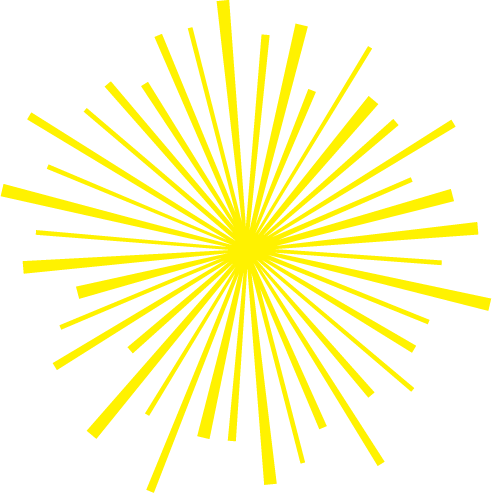PERMANENT COLLECTION
ROBERT HASHKE-YIL-CALE CHEE
NATIONALITY: American / Navajo
DATES: 1938-1971
ABOUT THE ARTIST
Robert Hashke-Yil-Cale Chee was a Navajo artist who practiced the traditional flat style painting of the American Southwest. His story and that of his teacher, well-known Apache artist Allan Hauser, illustrate some of the egregious indignities suffered by Native Americans well into the 20th century.
Born on the Navajo Reservation in Arizona, Chee met Hauser in 1955 while Hauser was teaching at the Intermountain Indian School. The school, housed in a vacant military hospital in Brigham City, Utah, was developed with the specific goal of assimilating Native American children into mainstream America by separating them from their tribes and families, and teaching them English and vocational skills.
Hauser, Chee's teacher and mentor, was born in 1914, just a few months after his Chiricahua Apache parents were released from 27 years as prisoners of the U.S. government. Hauser's father had served with Geronimo. After Geronimo's surrender in 1886, the senior Hauser and about 1,200 other Chiricahuas refused to leave their land in New Mexico to be relocated on a reservation in Arizona. They were instead shipped by cattle car to Florida, and held there.
After studying at the Intermountain School, Chee joined the Army. He served in Germany for about 10 months where one of his jobs was painting murals on the interiors of army buildings. He left the service in 1960, returned to Arizona and began winning prizes at art fairs and selling images to magazines.
His watercolors and gouaches are of traditional Southwest and Navajo scenes and rituals. They are included in the collections of the Smithsonian and the Southwest Museum.

